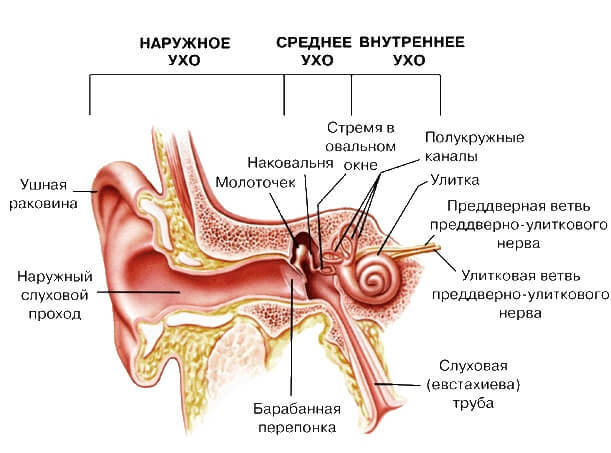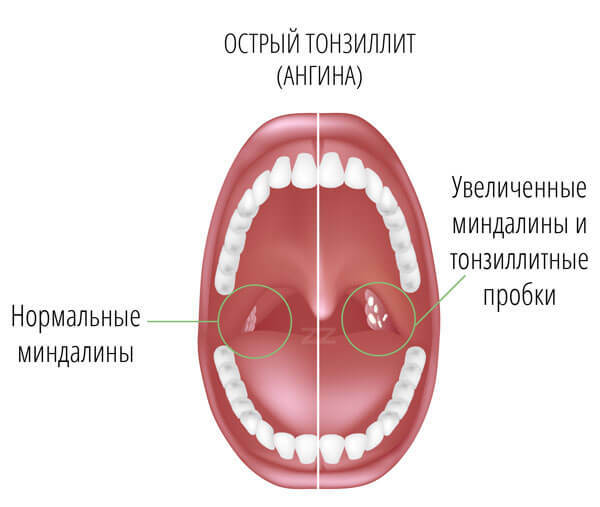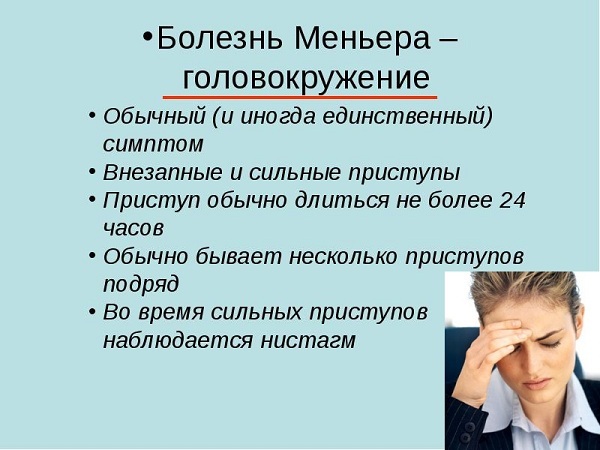Otitis in children: classification, symptoms and treatment
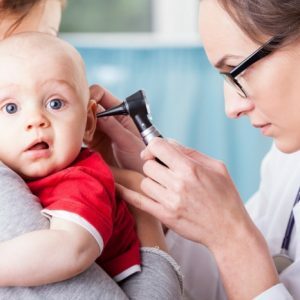 Children with Otitis get sick more often than adults - this is due not only to the unstable immune system, but also to the specific structure of the ear in the early years of life.According to statistics, the age of 6-18 months of a child's life is the most "susceptible" to otitis - treatment in this period is 94%.Then the frequency of visits to doctors is reduced, but even up to 5-6 years, the considered inflammatory disease can occur in a child even for no apparent reason.
Children with Otitis get sick more often than adults - this is due not only to the unstable immune system, but also to the specific structure of the ear in the early years of life.According to statistics, the age of 6-18 months of a child's life is the most "susceptible" to otitis - treatment in this period is 94%.Then the frequency of visits to doctors is reduced, but even up to 5-6 years, the considered inflammatory disease can occur in a child even for no apparent reason.
In childhood, is diagnosed with otitis media - its causes can be any rotavirus infections, common cold and even runny nose.In children, it is very rare to diagnose external otitis - it appears only as a result of trauma, and at a small age, the parents take care of the babies, who in every possible way protect them from bumps, injuries and bruises.
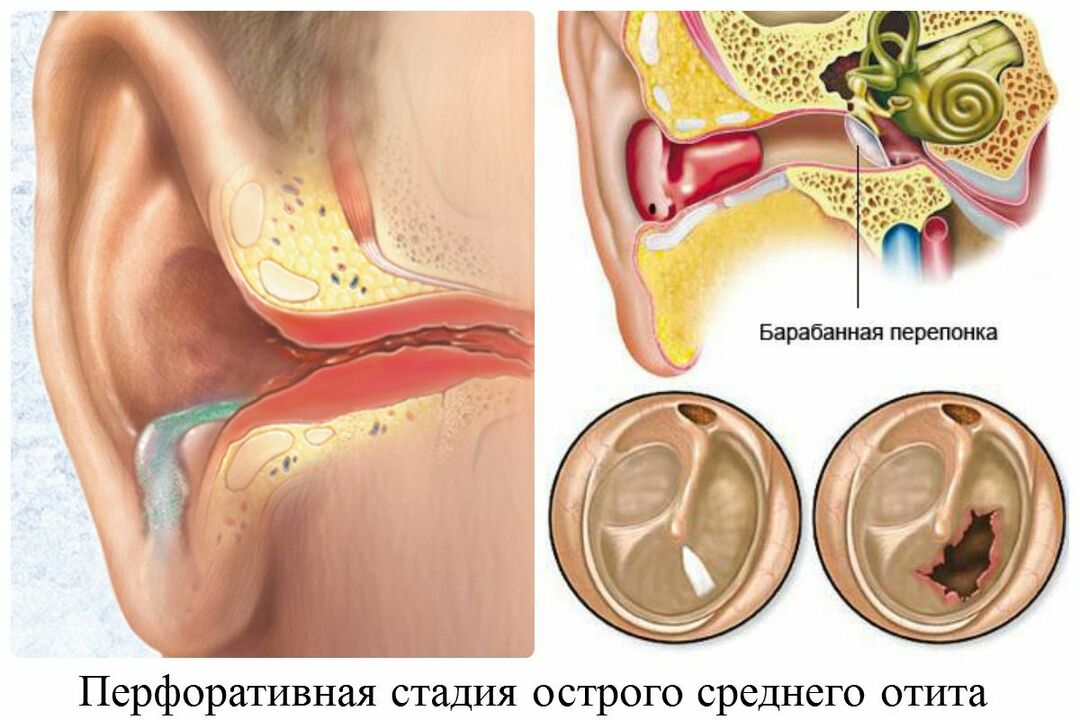
Symptoms of otitis in children
Depending on what type of otitis develops in childrenChild, there will be also characteristic signs.
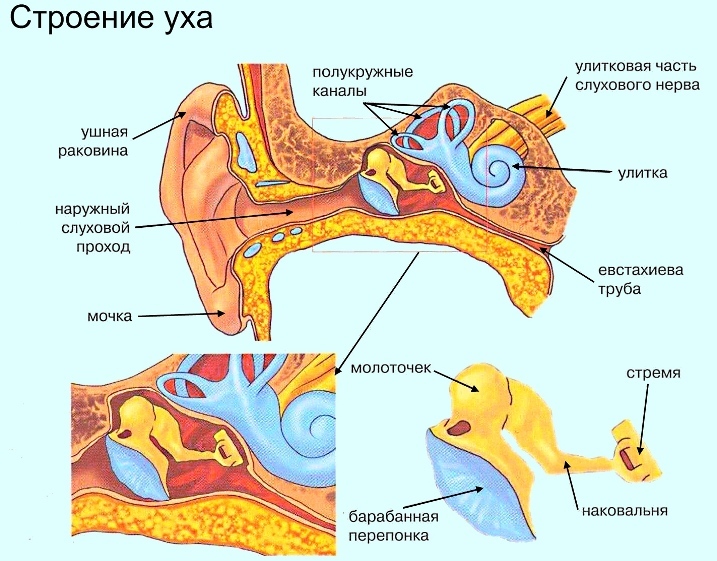
For this most often diagnosed type of otitis, the child has the following condition: - Hyperthermia - raising the body temperature to fairly high levels, but it never happens to be critical;
- activity of the child noticeably decreases - it becomes listless, apathetic;
- if the child is too small and does not know how to speak, then he can point to the pain in his ear with a pen( presses it against the sick ear) or with an overly active head rotation;
- the baby has diarrhea and / or vomiting - these are considered to be accompanying otitis media.
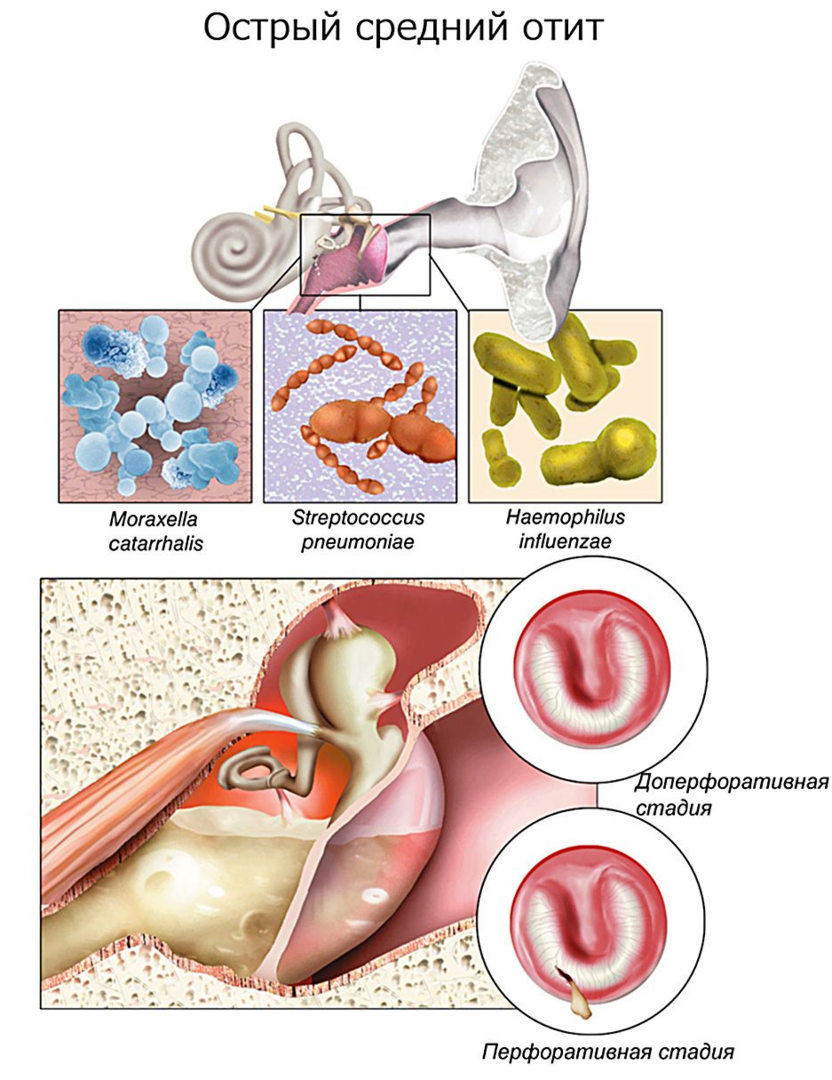
Please note: parents can check their assumptions about developing otitis media - you need to easily push on the protrusion on the auricle( goat).If the child is very tearful or voices the pain syndrome in words, then the diagnosis of otitis media can be considered confirmed.
Purulent otitis in children
This kind of inflammatory process under consideration in childhood is characterized by bilateral development - two ears are simultaneously affected.A congestion of purulent contents in the ear canal is due to the specific structure of this organ in childhood - its mucous membrane is rather loose and almost instantly "absorbs" viruses and microbes, giving them a very favorable environment for development.Symptoms of purulent otitis are:
- significantly reduced activity of the child - parents note drowsiness, apathy, indifference to their favorite toys and cartoons, loss of appetite;
- Hyperthermia - body temperature rises to critical levels, can be reduced with the usual antipyretic medicines, but only for a short period of time;
- sharp, sudden crying of a child - this symptom is especially characteristic for those children who do not yet know how to speak;
- tries to show the kid on a sick ear.
Note: from the ears affected by the inflammatory process may appear purulent discharge - this occurs in case of rupture of the tympanic membrane.
Catarrhal otitis
This type of otitis is considered an infectious disease that can provoke the development of a purulent form of the inflammatory process in the ear. Therefore, one should know the main symptoms of catarrhal otitis in order to be able to quickly and professionally assist a child:
-
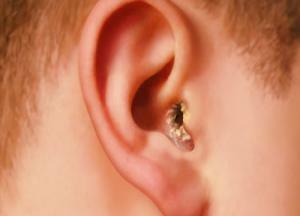 pain syndrome.He is always very strong, so children cry incessantly - it concerns those kids who do not yet know how to speak and express their emotions / feelings only by crying.Older children will simply point out the localization of pain;
pain syndrome.He is always very strong, so children cry incessantly - it concerns those kids who do not yet know how to speak and express their emotions / feelings only by crying.Older children will simply point out the localization of pain; - pain in the teeth.Very often a child at the age of 2 years complains of pain in the teeth with developing catarrhal otitis - this is due to the irradiation of the ear pain;
- hearing loss.It will be insignificant, but easily recognizable - the child loudly turns on the TV, reacts poorly to the speech addressed to him;
- general deterioration.The child becomes sluggish, capricious, refuses to eat and walk;
- increase in body temperature.It can be critical or not - it all depends on the immune system of the child.
Exudative otitis in children
The most dangerous type of the disease under consideration in terms of timely diagnosis and possible complications, is characterized by accumulation of exudate in the ear canal and is more often detected in children of primary school age.
Symptoms of exudative otitis media are practically non-existent, they are not expressed:
-
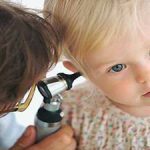 the hearing decreases - it happens quite gradually and children do not make such complaints at all, considering this the norm;
the hearing decreases - it happens quite gradually and children do not make such complaints at all, considering this the norm; - in the ears appears noise - it can be present at any time of the day, parents complain such complaints of children to fatigue and congestion in school.
How to treat otitis in children
Otorhinolaryngologist should treat otitis media in children.Of course, you can relieve the pain and lower the temperature of the child's body with developing otitis independently - for example, using Paracetamol or Ibuprofen for this.You can even start burying yourself in a sick eye of a drop - Otipaks, Otinum: they are actively advertised.But parents should remember: in no case can you use ear drops without a preliminary examination with a doctor and getting advice.This is due to the fact that most drops for the treatment of otitis are contraindicated in rupture of the tympanic membrane - they can cause a steady decrease in hearing.
The doctor uses the following principles in the treatment of otitis media in children:
- prescribes vasoconstrictive drops in the nose - this will relieve swelling of the mucosa and relieve acute pain in the ear;
- Non-steroidal anti-inflammatory drugs are used for all types of otitis media - for example, Ibuprofen;
- antibiotics can be prescribed only with a purulent or bacterial form of the inflammatory process in the ears;
- must be used in the treatment of ear drops of a combined type - they relieve and itching, and puffiness, and pain.
Otitis in children can be treated at home, but supervision by health professionals must be present.
Features of otitis in infants
If the observed inflammatory process in the ears develops in young children, in infants, then the following signs will help to recognize it:
- the baby becomes moody and restless, often wakes up and cries during sleep;
- while waking, turn his head from side to side and cries;
- the kid refuses the breast or takes only one of them - this is due to the fact that when the patient has an ear below the mother's breast, the pain when swallowing is not so intense;
- babe does not respond( or it is mildly pronounced) to the mother / father's voice or the sound of toys.
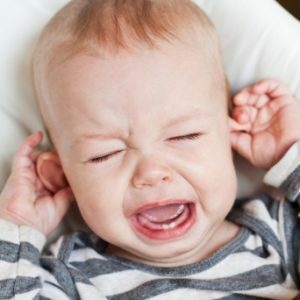 Note : , the body temperature of the baby can remain unchanged, but may also rise to critical levels.If the baby develops purulent otitis, then his crying will be sharp and piercing, and with catarrhal / middle otitis - permanent, uninterrupted, often "on one note".
Note : , the body temperature of the baby can remain unchanged, but may also rise to critical levels.If the baby develops purulent otitis, then his crying will be sharp and piercing, and with catarrhal / middle otitis - permanent, uninterrupted, often "on one note".
Treatment of otitis in the infants should be performed only by a doctor - there are certain characteristics in connection with the age of the patient.At home, any manipulation / procedure is simply dangerous - the risk of damaging the eardrum is very high.
The pediatrician, Dr. Komarovsky, describes the peculiarities of ostitis flow in infants:
Preventative measures
Prevention of otitis media is possible in both children and adults - recommendations for prevention will be common:
- Avoid colds, acute respiratory infections, runny nose.At first it seems an impossible task, but in fact, you only need to constantly temper the body and improve immunity.It is possible and necessary to sleep with open windows, regularly ventilate the premises in which you are, use tea with kalina / raspberry / rosehip, during the seasonal epidemics of cold, take ginger in the form of broth, lemon with sugar, honey with nuts.
- When forced frequent flights in the plane during take-off and landing( when lays the ears), it is necessary to prevent liquid from entering the tympanum - doctors recommend constantly swallowing saliva or simulating yawning.
- In no case can you get rid of earwax with the help of items not intended for this hygiene procedure - matches, pins, hairpins and invisible pins.It should be ensured that the child does not put anything into the ear canal - most often against the background of the foreign body in the ear develops purulent otitis.
- Timely cure cold.
Otitis is not dangerous to the health and life of the patient with a disease, but only on condition that the diagnosis is carried out correctly and all the medicinal prescriptions of the specialist are performed.
For more details about the symptoms and methods of otitis treatment in children, specialists are told by:
Tsygankova Yana Aleksandrovna, medical reviewer, therapeutist of the highest qualification category.

